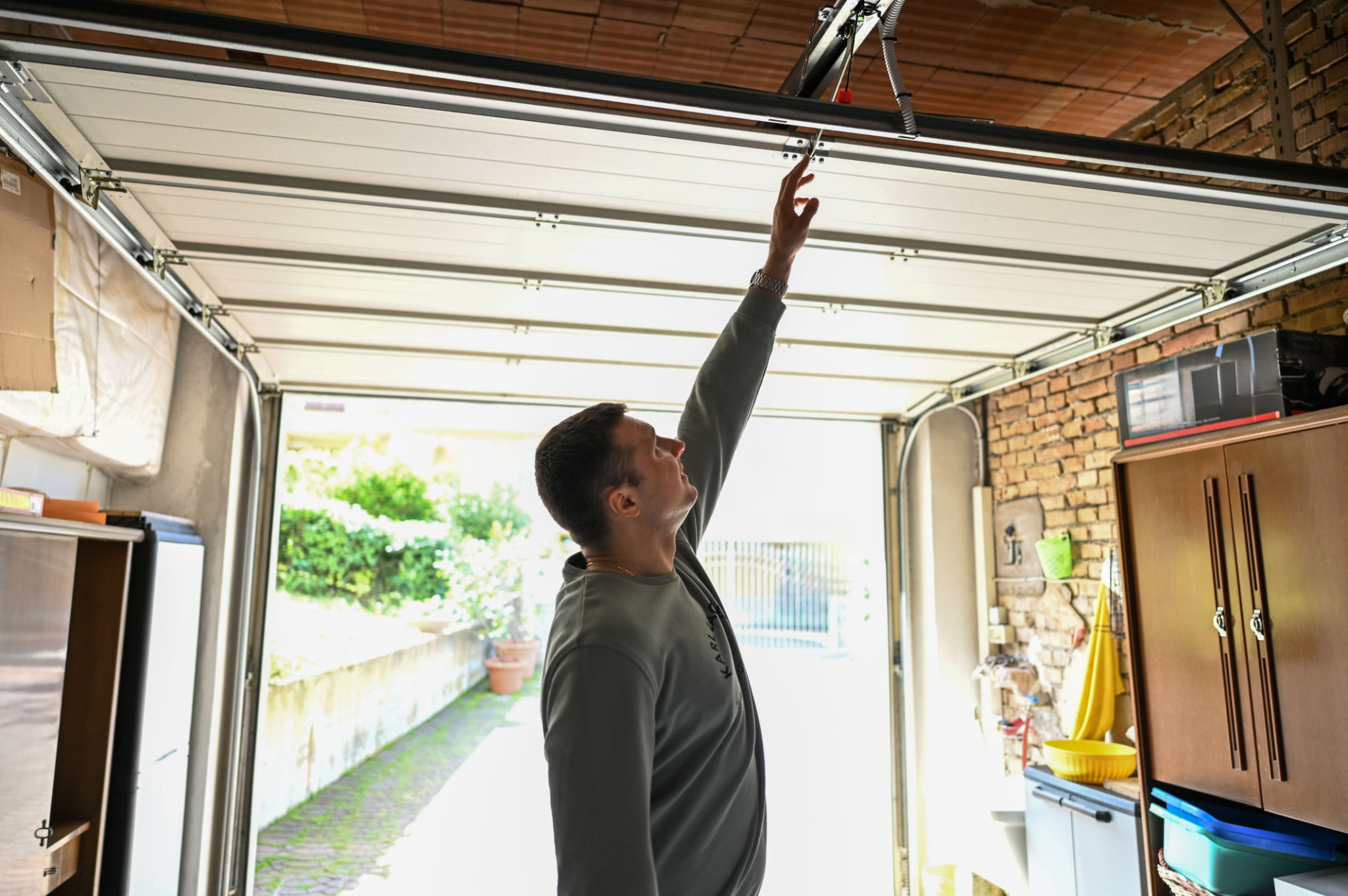DIY Tips for Small Masonry Repairs in Your Lehigh County Home
HS
Understanding Masonry Repairs
When it comes to maintaining your home, masonry repairs often rank high on the list of essential tasks. Whether you’re dealing with a crumbling wall or a cracked walkway, understanding the basics of masonry can save you both time and money. In Lehigh County, where historical homes are plentiful, keeping your masonry in good shape is crucial for preserving the unique charm of your property.
Masonry involves materials like bricks, stones, and concrete blocks. These materials are not only sturdy but also aesthetically pleasing. However, over time, they can develop issues due to weather changes, moisture, or simple wear and tear. Tackling small masonry repairs yourself can be a rewarding project, as long as you have the right guidance and tools.

Essential Tools and Materials
Before embarking on any DIY masonry repairs, it’s important to gather all necessary tools and materials. Here’s a basic list to get you started:
- Trowel
- Chisel
- Masonry hammer
- Mortar mix
- Wire brush
- Safety glasses and gloves
Having these tools on hand ensures that you’re prepared for any small repair task, from filling in mortar gaps to replacing a damaged brick. Remember, safety should always be your top priority when working with heavy materials and sharp tools.
Repairing Cracks in Masonry
Cracks are one of the most common issues in masonry structures. They can occur due to settling foundations or temperature fluctuations. To repair cracks effectively, follow these steps:
- Clean the area using a wire brush to remove any loose debris.
- Mix mortar according to the package instructions.
- Apply the mortar into the crack using a trowel, ensuring it’s filled completely.
- Smooth the surface and remove excess mortar.
- Allow it to dry for at least 24 hours before exposing it to any stress.

Replacing Damaged Bricks
If you notice any bricks that are severely damaged or missing, replacing them is crucial to maintain the structure's integrity. Here’s how you can do it:
- Use a chisel and masonry hammer to carefully remove the damaged brick.
- Clean out the old mortar from the cavity using a wire brush.
- Apply fresh mortar at the base of the cavity.
- Insert the new brick, ensuring it aligns properly with the surrounding bricks.
- Fill in the sides with mortar and smooth the joints.
This task requires a bit of precision, but with patience, it can be accomplished effectively. Proper alignment is key to ensuring that your repair blends seamlessly with existing structures.

Maintaining Your Masonry
Regular maintenance is essential for prolonging the life of your masonry work. Inspect your masonry structures regularly for signs of wear and tear. Addressing minor repairs promptly can prevent more significant issues down the line. Additionally, consider applying a sealant to protect against moisture intrusion, which is a common cause of masonry damage in regions like Lehigh County.
A well-maintained masonry structure not only enhances the aesthetic appeal of your home but also ensures its safety and durability. By following these DIY tips, you can take control of small masonry repairs and uphold the beauty of your Lehigh County home for years to come.
